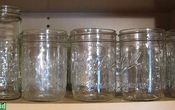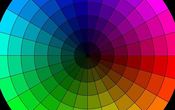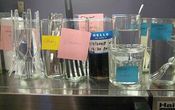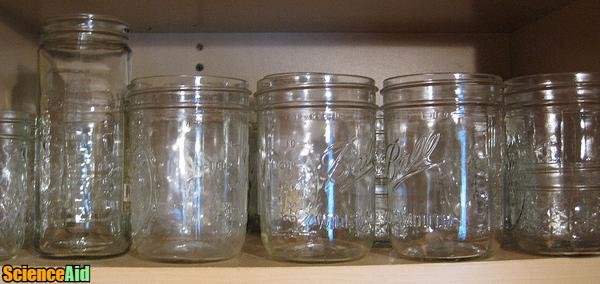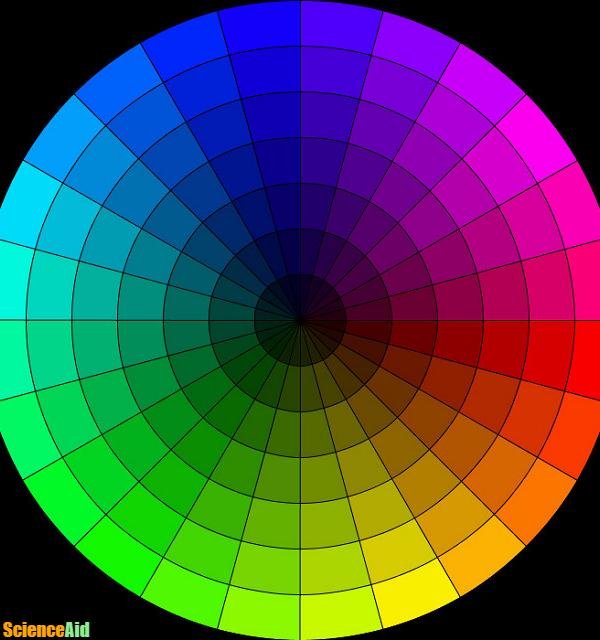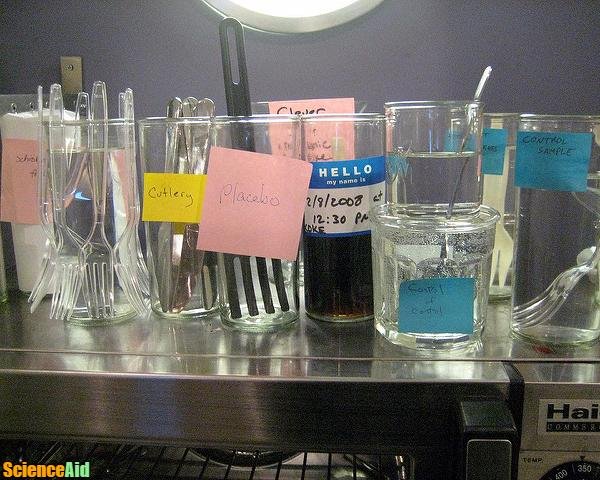Science Experiment: Walking Water
Edited by Allysha, Jen Moreau
How do plants pull up water from the soil and into their stems, leaves, and petals? How does the ink in a pen flow out the tip? Liquid moves through tight spaces without gravity's help by a process known as capillary action. Capillary action is also called capillarity, capillary motion, or wicking.
The walking water experiment will demonstrate capillary action.
Items
In order to complete the walking water experiment, you will need to gather the necessary items:
- 1
- 2Water (for two of the jars)
- 3Two colors of food coloring
- 4Two pieces of paper towel
Tips
Here are two tips to help you with your experiment.
- Different types of paper towel will affect how quickly the water moves or "walks."
- This experiment will mix two bodies of colored water together, and the resulting color will depend on which two colors you chose to use. Here is a short guide on color mixtures.
- Red mixed with blue will create purple.
- Red mixed with yellow will create orange.
- Yellow mixed with blue will create green.
- Purple, orange, or green mixed together will create brown.
Steps
These are the steps you will need to follow in order to complete the walking water experiment.
- 1Put the three glass jars or cups beside each other in a row and fill the outer two with water, leaving the middle one empty.
- 2Put a few drops of one color of dye into one of the glasses of water and put a few drops of the second color of dye into the second glass of water.Choose two colors of food coloring.
- 3Fold it again in the same manner. You can now either cut in half this twice-folded piece OR take a new piece and fold it as you did the first. The method you choose depends on the size of your glass jars or cups.Take a piece of paper towel and fold it in half lengthwise.
- 4Bend the paper towel and put the other end into the empty glass. The paper towel should now be connecting the two glasses together.Put one end of the folded piece of paper towel into one of the glasses that contains colored water.
- 5Bend the paper towel and put the other end into into the empty glass (which should have one end of the first piece of paper towel in it). As with the first piece of paper towel, this paper towel should now be connecting the two glasses together.Take the other piece of paper towel and put one end into the second glass of colored water.
- 6Your paper towel pieces will turn the color of the dyed water they are in. In two hours, the two bodies of colored water should mix together in the middle glass, and the water should be at the same level in all three glasses.In thirty minutes, you should see the water walking through the two paper towel pieces.
Referencing this Article
If you need to reference this article in your work, you can copy-paste the following depending on your required format:
APA (American Psychological Association)
Science Experiment: Walking Water. (2017). In ScienceAid. Retrieved Apr 18, 2024, from https://scienceaid.net/Science_Experiment_Walking_Water
MLA (Modern Language Association) "Science Experiment: Walking Water." ScienceAid, scienceaid.net/Science_Experiment_Walking_Water Accessed 18 Apr 2024.
Chicago / Turabian ScienceAid.net. "Science Experiment: Walking Water." Accessed Apr 18, 2024. https://scienceaid.net/Science_Experiment_Walking_Water.
If you have problems with any of the steps in this article, please ask a question for more help, or post in the comments section below.
